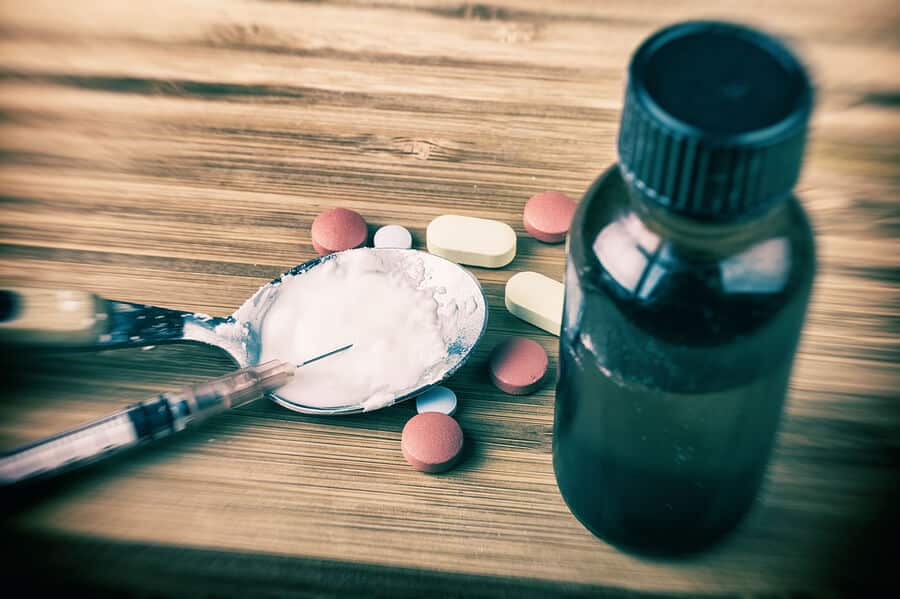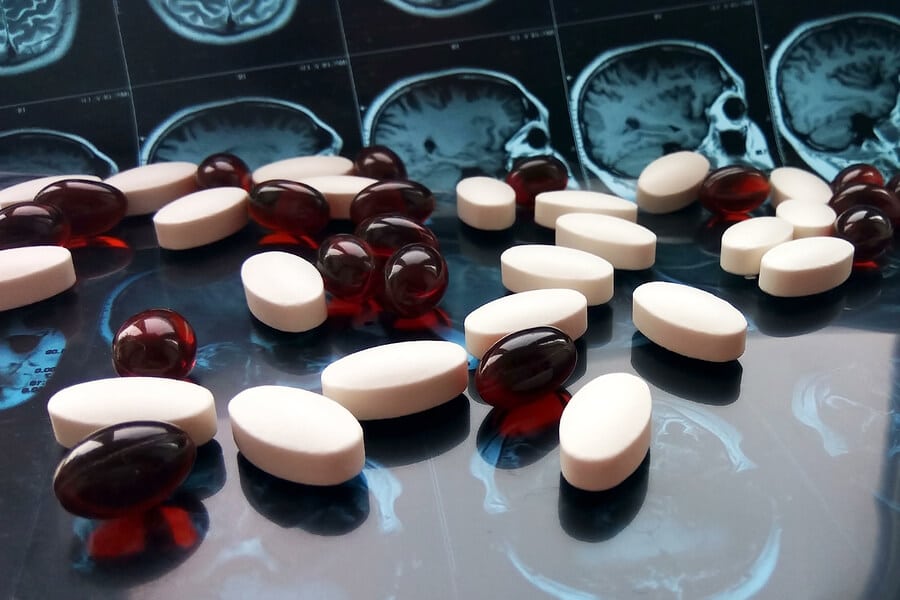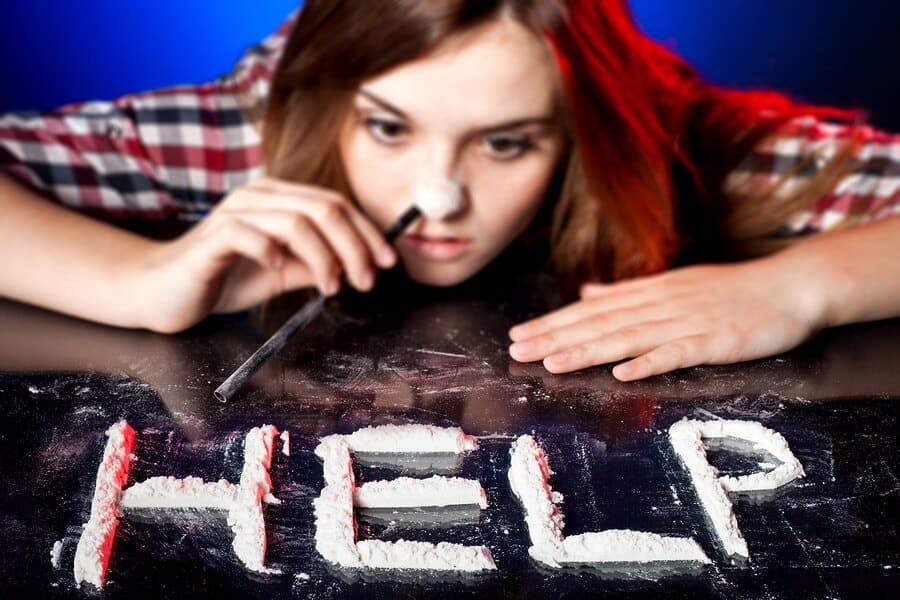
Signs of Coke Use – Cocaine (coke) is an illegal and potent central nervous system (CNS) stimulant with a very high risk of abuse and addiction. Long-term coke use places abnormal stress on the human nervous and cardiovascular systems and can be associated with a dramatic downturn in the user’s quality of life. In fact, the resulting side effects of coke use are so severe that any rational person would only continue using the drug if under the influence of a very powerful addiction.
When snorted or smoked, coke causes the muscles to tense up and the heart to beat more rapidly. The person may become very talkative and hyperactive, as his or her brain is overwhelmed with a feeling of elation due to a flood of the feel-good chemical, dopamine. At the same time, blood vessels constrict and increase blood pressure, significantly increasing the user’s risk of heart attack and stroke.
Signs of Coke Use
Coke is usually stored in small plastic bags, and a frequent user may have these lying around, containing either white powder or small, off-white rocks (crack) or the drug’s residue in them. This residue may also be seen on the person’s face, especially around the nose.
Coke users usually have drug paraphernalia that will vary depending on their primary method of administration. For example, those who snort may have razor blades and mirrors, trays, and other surfaces they use to cut “lines.” Injecting cocaine is not common, but those who do will own hypodermic needles.
A crack user may have a pipe lying around, which is usually made of glass or metal. When smoked, the crack gets very hot, so individuals who regularly smoke it often have burns on their lips or fingers.
The effects of cocaine are short-lived, lasting only about 10-30 minutes depending on whether its smoked (about 10-15 minutes) or snorted (up to 30 minutes). Owing to coke’s short duration of effects and because withdrawal symptoms can be extremely unpleasant, a coke addict may be in perpetual drug-seeking mode. Because many addicts have no stable means of procuring this relatively expensive drug, other signs of coke use may include illegal activities, such as theft, drug dealing, or prostitution.
Effects of Coke Use
Coke use has many adverse effects that occur while intoxicated and after use has been discontinued, such as depression, paranoia, defensiveness, and social isolation. Furthermore, while on cocaine, a person may have wild mood swings, as well as feel a false sense of power and self-confidence.
Someone high on coke may have dilated pupils and a dry mouth. They may be very sweaty and go for a long time without eating, due to a lack of appetite. Because it is a stimulant, someone high on coke may appear restless and strung-out and will find it nearly impossible to sleep. Coke use has been associated with mental confusion and hallucinations and may also cause the user to have trouble concentrating or maintaining focus on a task.
Over the long term, a coke user may appear to age prematurely, and those who regularly smoke it will suffer from lung damage that can cause chest pain and respiratory issues. Some may have an increased risk of developing Parkinson’s disease.
One of the most common signs of coke use is the development of addiction. The use of coke, and especially crack cocaine, is known to result in a psychological dependence that can manifest in a short period of time. Because the high from cocaine is so brief, users often consume it in a binge-like fashion, sometimes taking hits every few minutes.
A cocaine binge can cause the user to enter a state of psychosis that includes paranoia, hallucinations, and compulsive and often violent or suicidal behavior. When a binge ends, the user will crash hard and become exhausted, depressed, agitated, and experience intense cravings for more cocaine.

Cocaine Overdose
If an individual uses too much coke at once, their central nervous system becomes overstimulated, and this can result in a dangerous increase in body temperature and convulsions. From the outside, a person overdosing on coke will appear extremely confused or delirious.
If medical intervention is not imminent, a cocaine overdose can be lethal. If you suspect that you or someone you know is suffering from an overdose of cocaine or another drug, please call 911 immediately.
Treatment for Cocaine Abuse
Harmony Treatment and Wellness offers partial hospitalization and outpatient treatment programs that include essential services, such as behavioral therapy, counseling, and group support. Our center offers a comprehensive, evidence-based approach administered by compassionate addiction professionals.
Recovery from addiction is a lifelong endeavor, but you don’t have to do it alone. You can regain your life, wellness, and the harmony you deserve! Please contact as soon as possible and learn how we help people recover from addiction and begin to cultivate sober, healthy and satisfying lives!





















